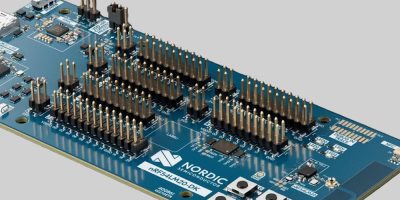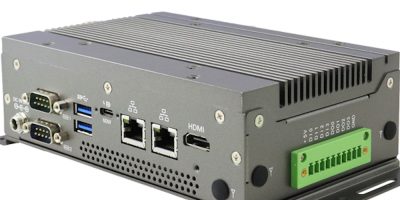ST’ STDRIVEG210 and STDRIVEG211 half-bridge gallium nitride (GaN) gate drivers are tailored for systems powered from industrial or telecom bus voltages, 72V battery systems, and 110V AC line-powered equipment. Rated for maximum rail voltage of 220V, the drivers integrate linear regulators to generate high-side and low-side 6 V gate signals and provide separate sink and source paths for optimum control.
The STDRIVEG210 is featured for power-conversion applications such as server and telecom supplies, battery chargers, adapters, solar micro-inverters and optimisers, LED lighting, and USB-C power sources. Suitable both for resonant and hard-switching topologies, its 300ns startup time permits to minimise the wake-up time especially during intermittent operation (burst mode).
The STDRIVEG211, equipped with overcurrent detection and smart shutdown, targets motor drives in power tools, e-bikes, pumps, and servos, as well as class-D audio amplifiers, in addition to power supplies.
Both devices simplify and minimise BOM by integrating the bootstrap diode to easily supply high-side driver. The separate gate-driving paths can sink 2.4A and source 1.0A to ensure fast switching transitions and easy dV/dt tuning. Protection features include interlocking to prevent cross conduction, while the high-side and low-side drivers have a short propagation delay with 10 ns matching time for low dead time operation. Under-voltage lockout (UVLO) prevents operating in low-efficiency or dangerous conditions and the STDRIVEG211, which is oriented towards motor-drive applications, has additional high-side UVLO protection.
The devices also have over-temperature protection and dV/dt immunity up to ±200V/ns, while input-voltage tolerance up to 20V helps simplify the controller interface circuitry. A standby pin facilitates power management and a separated power ground allows optimal Kelvin source gate driving or the use of a current shunt.







